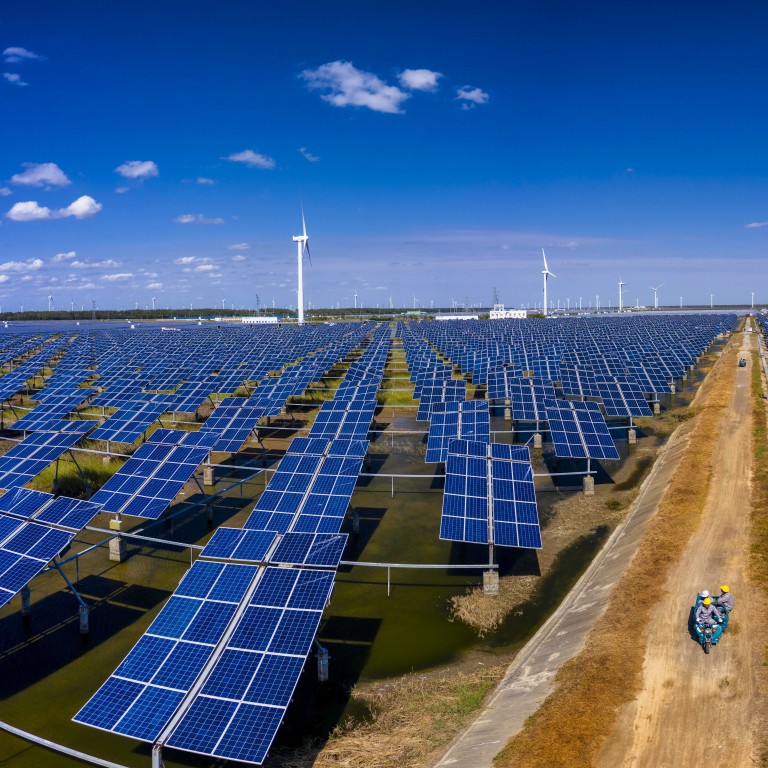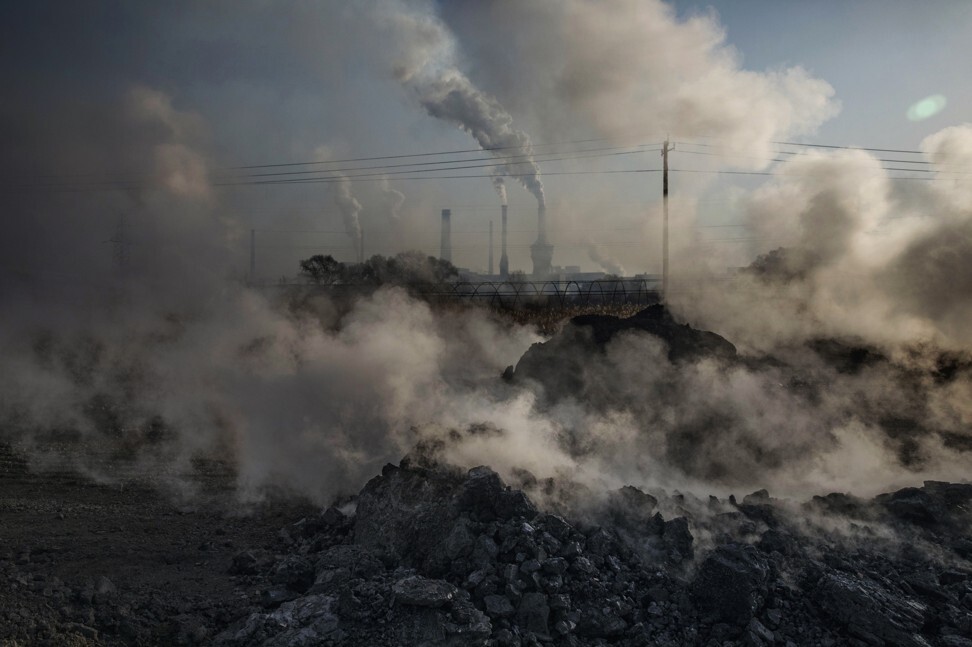
China doubles new renewable capacity in 2020 and raises thermal plants base to five-year high
- China’s 2020 figure is ahead of the 60.4GW of new wind capacity added globally in 2019, according to Global Wind Energy Council
- China seeks to raise the share of non-fossil fuels in its primary energy consumption to 25 per cent by 2030, up from 15 per cent in 2020
China, the world’s biggest greenhouse gas emitter, added 71.67 gigawatts (GW) of wind power capacity last year, the most ever and nearly triple 2019’s levels, according to data released by the National Energy Administration (NEA) late Wednesday.
China would also take its total installed wind and solar capacity to 1,200GW, Xi added. By the end of 2020, China had 281.5GW of wind generation capacity, and 253.4GW of solar generation capacity, the NEA data showed.
“China’s smashing wind power building records and continuing with strong solar growth makes the country a top destination for foreign clean energy investment,” said Jeanett Bergan, an executive of Norway’s largest pension fund KLP.

China continued to build new thermal power capacity in 2020, according to the data, bringing it to a five-year high of 56.37GW. The NEA did not break down the figure into gas- and coal-fired power projects.
Studies have shown that China completed 11GW of new coal-fired power capacity in the first half of 2020, and had an additional 53GW in its planned project pipeline. They represented 90 per cent of the global total.
“China should just stop building coal-fired power plants as soon as possible,” said Zou Ji, head of the Energy Foundation China. “It is the requirements of carbon-neutrality targets.”
Experts say average utilisation at coal-fired power plants are now less than 4,000 hours in China, well below the designed level of 5,500 hours, with grids prioritising cleaner alternative sources of electricity.

